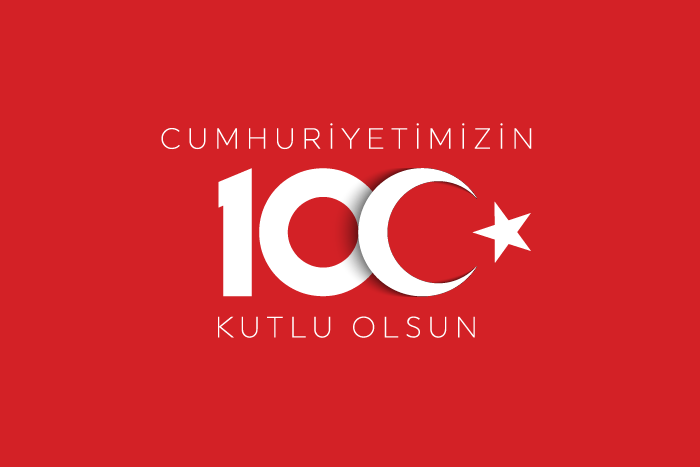Gall Bladder and Bladder Tract Stones:
Like in urinary system stones, the gall bladder stones can also be treated with the ESWL (extracorporal stone breaking) method. With the advances in laparascopical surgery methods, treating the gall bladder stones with ESWL method has become less common, but it must be considered as an alternative treatment in patients when surgical methods can not be used.
By using some examination methods before treatment, it should be made sure that the stones are suitable for breaking.
Ultrasonography: If the total stone body is bigger than 3 cm, the success ratio of the treatment falls down. By examinations made before and after meal, the bladder’s functionality is checked. If the bladder is not functioning, the broken stone pieces will not be expelled and the stone breaking treatment will not be helpful.
Direct graphy: In order to have a successful stone breaking treatment the stone should not be seen with X-ray (non-opaque), should not contain calcium.
The main aim of the treatment is reducing the size of the stone by breaking. The broken stone pieces either go to the intestines directly, or dissolve in bile with bile containing drugs and expelled to the intestines. By using bile acid drugs the bladder stones can dissolve by themselves. However, in order to dissolve a 1 cm stone drugs have to be used for a very long time (3-4 years). When a combination of bile acid drug therapy and stone breaking treatments is used this period becomes much smaller.
The success ratio in bladder stoness is between 70-80%.
Pancreas Duct (Wirsung duct) Stones:
The stones in the Wirsung duct can prevent the flow of pancreatic enzymes (used for digestion) to duodenum and cause pressure increase in the duct and can cause inflammatory changes in the pancreas. By using small focused ESWL equipments which can make ultrasonic imaging, these stones can be broken and expelled to the intestines.
Salivary Gland Stones:
The stones in the salivary glands can block the ducts and cause painful swellings of the salivary glands. By using small focused ESWL equipments which can make ultrasonic imaging, these stones can be broken and expelled.




